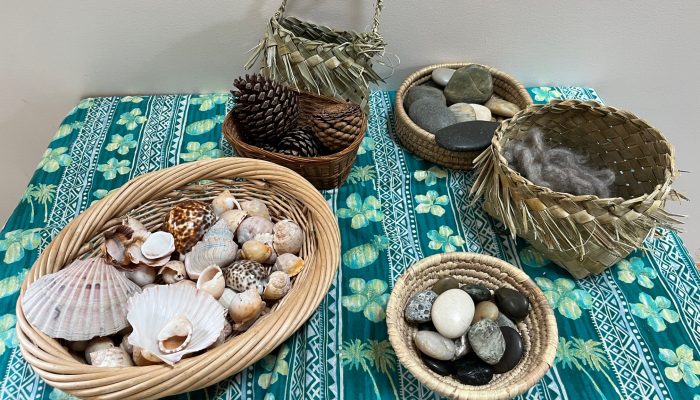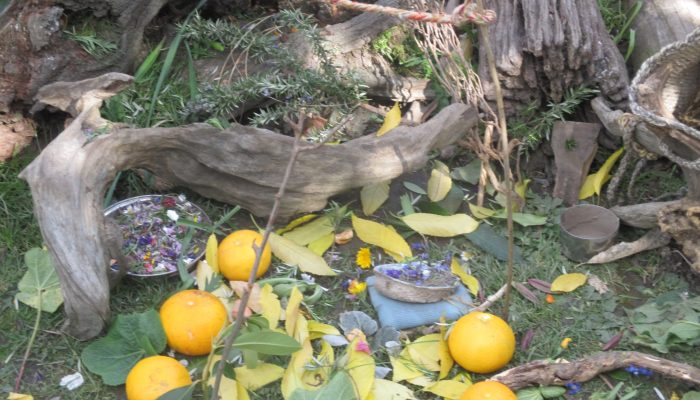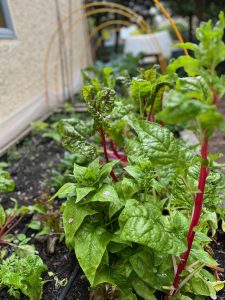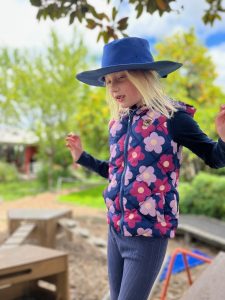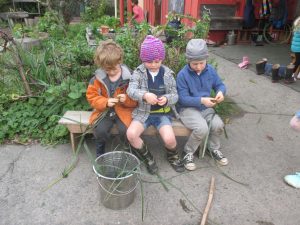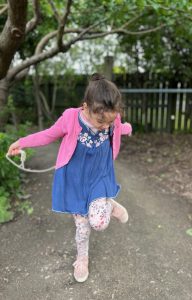Play in Early Childhood
In kindergarten, teachers strive to create the space to support children’s active self-directed play. Creative play is like a spring that bubbles up from deep within a child. It is refreshing and enlivening. It is a natural part of the make-up of every universal child. The child’s love of learning is intimately linked with a zest for play. Whether children are working on a new physical skill, social relations, or coming to new ideas, they approach life with a playful spirit. There is no distinction between work and play.
In their play, using open-ended resources, children create themes and motifs which reflect and re-order their understanding of the world as it is and as they will go on to create it. Play requires fantasy and imagination, the very foundations of flexibility and creativity which also promote self-confidence and self-esteem.
“Play embraces children’s total experience. They use it to tell their stories; to be funny and silly; to challenge the world; to imitate it; to engage with it; to discover and understand it; and to be social. They also use play to explore their inmost feelings. In a single game – playing alone or with friends – the child can switch play modes, making new discoveries which lead to new thinking; then being reminded of something else and changing the play accordingly, and suddenly being swamped by feelings, which require their own corresponding set of images, propelling the game in yet another direction. Like dreams, play is not ordered and rational. It does not give priority to one kind of experience or one kind of knowledge over another.” (Sally Jenkinson, The Genius of Play, 2002)
“Play is the foundation course for all vocations from Mothers and Fathers, to architects, nurses, dentists, astronauts, filmmakers, designers, and mathematicians, scientists…all have their geneses in children’s play. Play serves as the apprenticeship for all higher learning.” (Pennie Brownlee)

